Published 4th Jan. 2023
Reading time
You’ve likely heard of the famous Big Five, a must-see list of some of Africa’s most well-known animals, grouped together as they were traditionally the most difficult animals to hunt (we’re talking elephants, buffaloes, leopards, lions and rhinos), but what about the Little Five? While these lesser-known tiny creatures aren’t likely to be at the top of your safari-spotting list, they do offer a broader perspective and appreciation for the wildlife that exists beyond the famous big game. In fact, the Little Five are enigmatic, decidedly cute and often even harder to spot, making an encounter with these smaller name-sharing sidekicks equally fascinating. Safari goers can see the likes of the elephant shrew, with its trunk-esque snout, and the buffalo weaver, which is more accustomed to taking to the skies than roaming at ground level. Or there’s the small but mighty ant lion, the leopard tortoise, with its cat print-like shell, and the armour-shaped rhino beetle. So, if you’re looking to go beyond the Big Five in search of something new, keep reading to find out where to see the Little Five. You might just find they earn a place on your ‘must see’ list for your next safari...
Kickstarting the Little Five list is the elephant's tiny counterpart, the elephant shrew. A name and an elongated snout are all these creatures seem to share, as the shrew is considerably smaller, growing to a tiny maximum size of 12 inches and weighing next to nothing. These minuscule animals can be found nestled among the shrubland of southern Africa in Namibia, Botswana and South Africa, where they burrow into the land’s sandy soil in a bid to avoid becoming a snake or bird’s lunchtime snack! These cautious lovers of hiding in the undergrowth are extremely difficult to spot, meaning if you do manage to snap one, you’re part of a lucky handful.
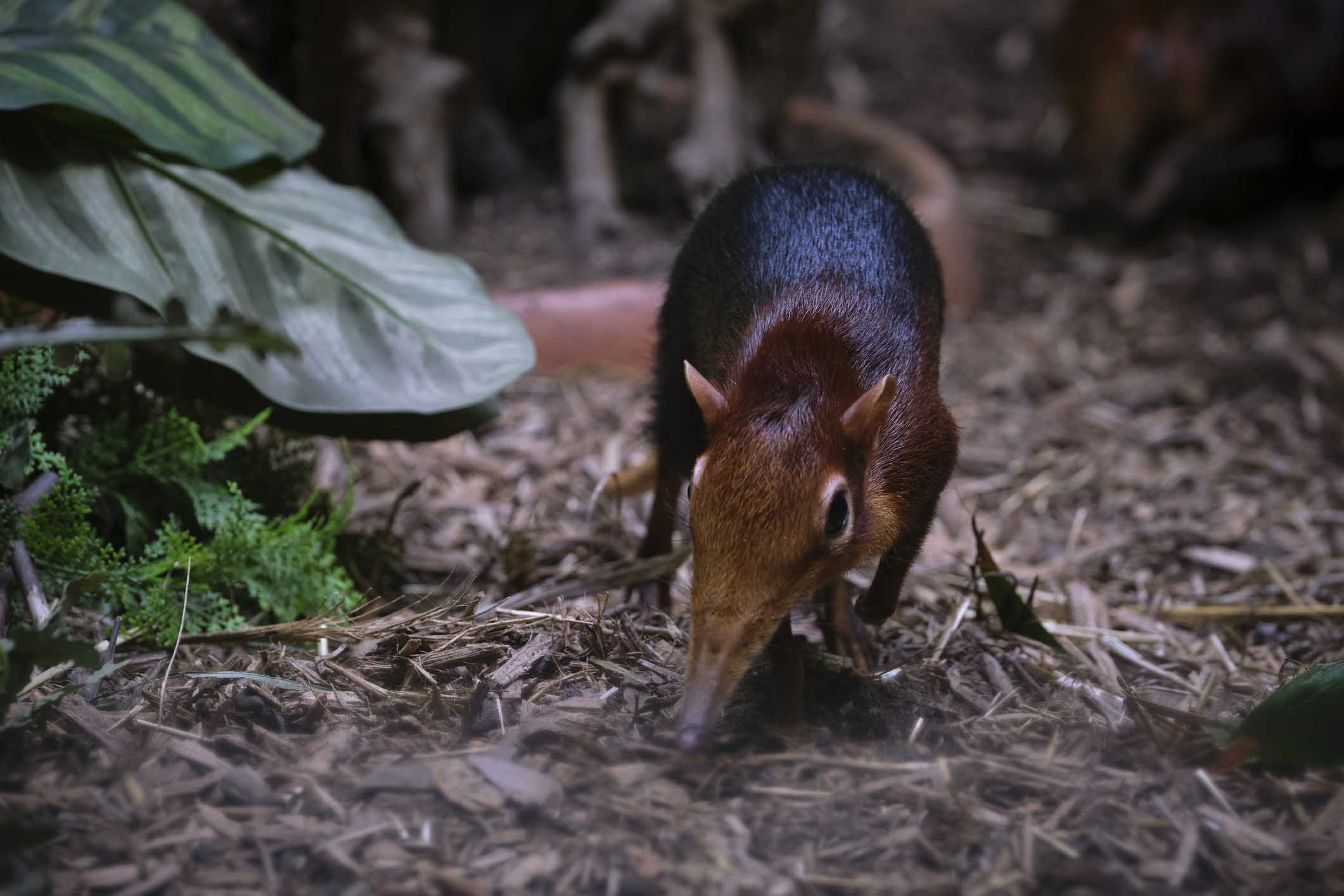
Despite being tiny in stature, the ant lion is an equally vicious predator as its larger namesake, thriving in the sandy and arid areas that coat Southern Africa. While they’re harmless to humans and flowers, fellow ants and tiny insects beware, as these small but mighty killers dig their conical traps into the sandy terrain, favouring south-facing slopes that bask in the sun, as they wait for their prey to become ensnared in their trap. Sadly (for Little Five spotting enthusiasts) the ant lion spends its time predominantly underground during the larvae stage of its life cycle, and then eventually becomes a winged insect, one that resembles a dragonfly, both of which make it especially hard to spot (but not impossible...).
Next up on the Little Five list is the rhino beetle, a tiny addition that shares its name and strength with its Big Five pairing. It’s one that’s been named as one of the strongest creatures in the world in proportion to its body weight, benching 850 times its own weight! It's not one to be messed with, in fact this large horned beetle is a small and ferocious insect and often likened to Hercules. It can be found in South Africa, favouring a more tropical climate, with gardens and farms the most likely places to spot these pint-sized heavyweights.
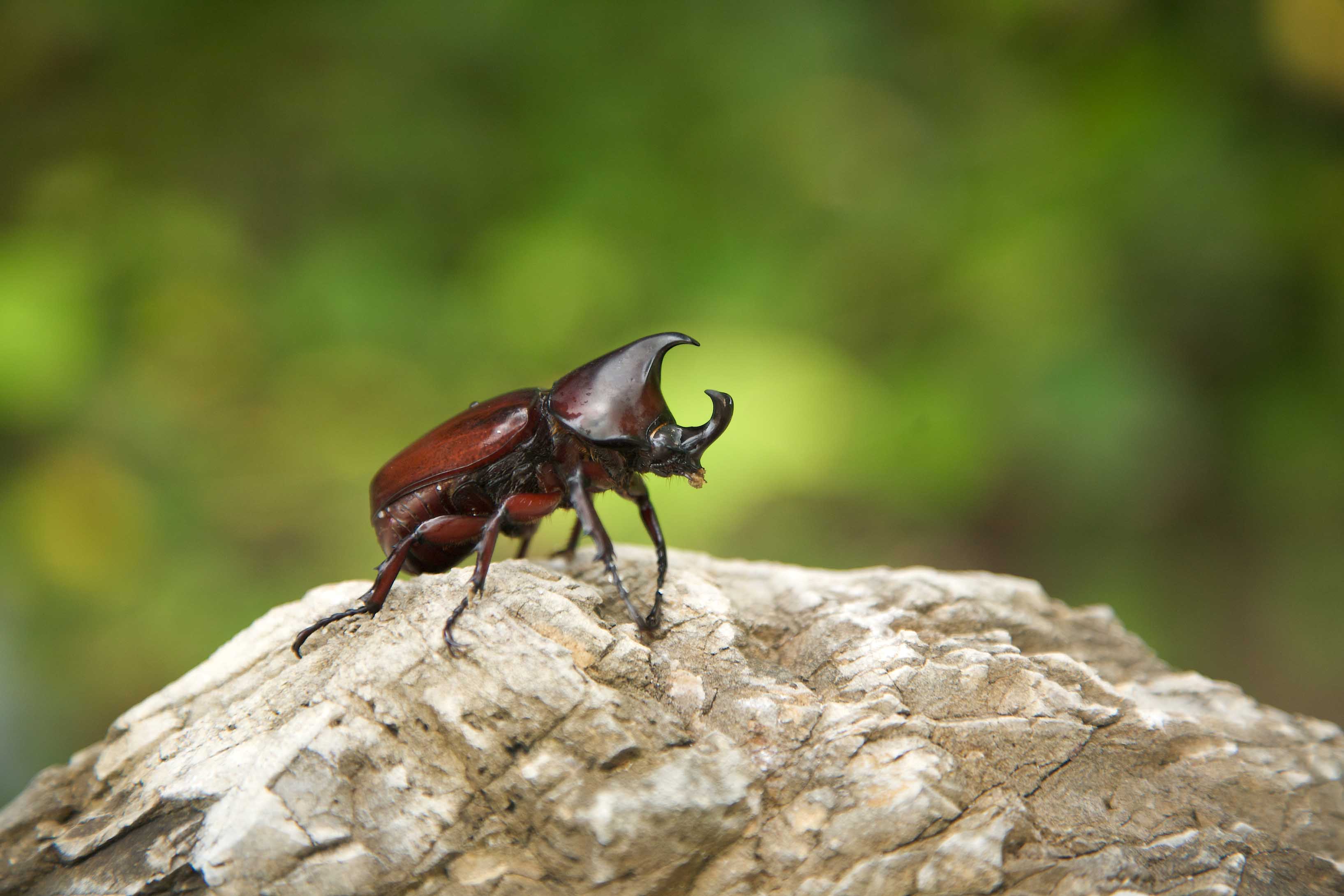
When it comes to the buffalo weaver there are two main types ready to be spotted, the white-headed variation and red-billed buffalo weaver. Both small birds can be found in eastern and southern Africa, opting for the dry savannah. These flighty birds grow to a maximum of nine inches and get their name from their ability to stalk buffalo, which coincidently makes them one of the easiest of the Little Five to spot. In fact, they can often be found riding on the buffaloes’ backs, tucking into the insects that swarm their coats and hooves (we're told it’s a tasty snack for them!). The buffalo weaver’s nest leaves little to be desired, as this messy communal space is made from a mixture of grass and twigs (tiny builders they are not) and their calls and cackles can be heard echoing through the savannah.
Last but by no means least it’s the leopard tortoise, native to southern Africa, these slow movers can also be found roaming around other African countries like Ethiopia and Somalia. These additions are one of the largest of the Little Five, as the tortoise can reach around 16 inches in height, complete with a shell that’s coated in leopard-like markings - earning this creature its name. Safari goers will likely find them in the grass and brushland, as they favour semi-arid and thorny terrains, although you might just find them lurking in abandoned aardvark holes. While the leopard tortoise leads a predominantly plant-based diet, feeding on grass, shrubs and leaves, it is partial to the occasional bones or hyena faeces (rather them than us!), as it provides them with the calcium needed.
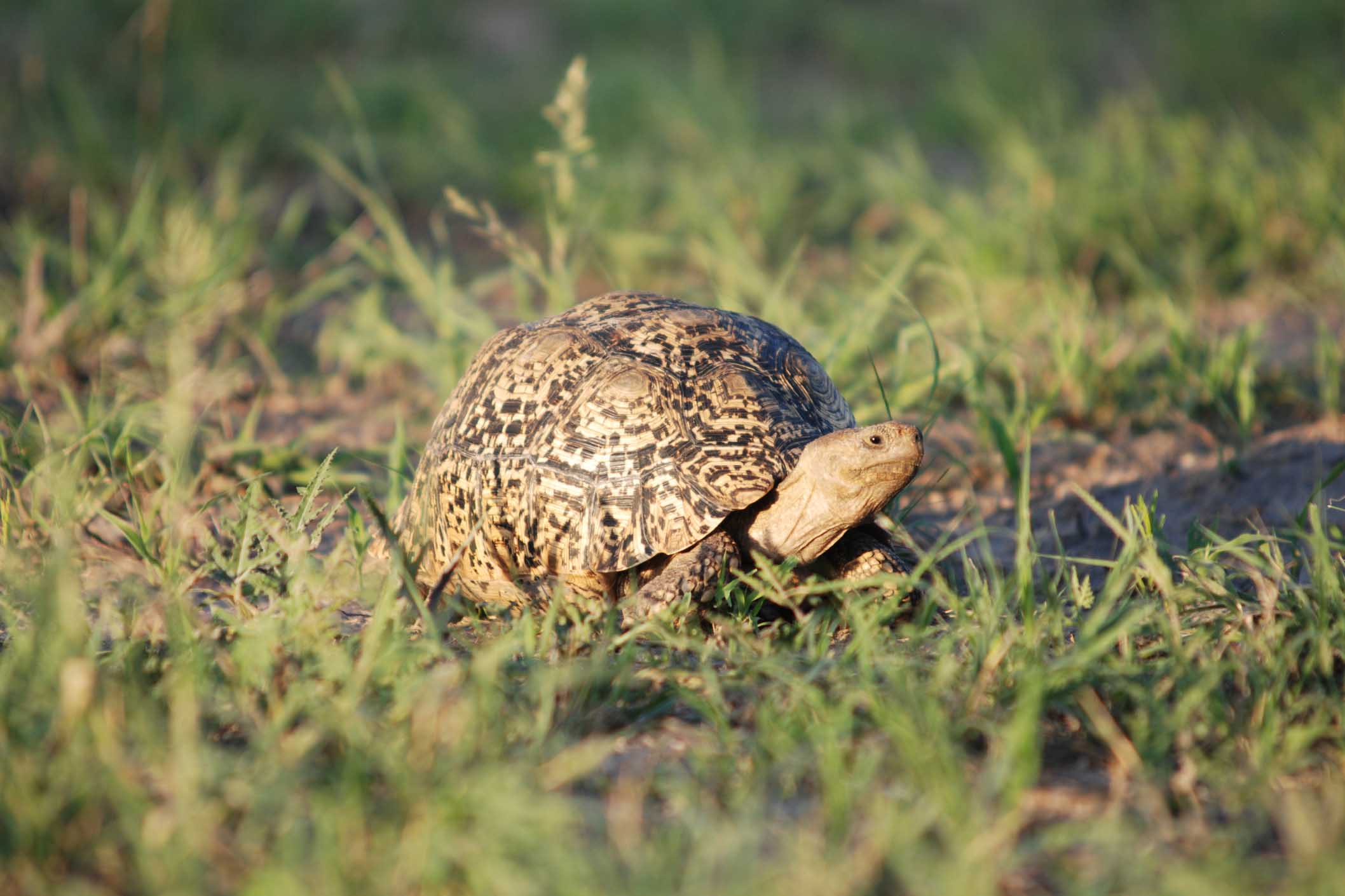
Practical advice and inspiration for your next trip
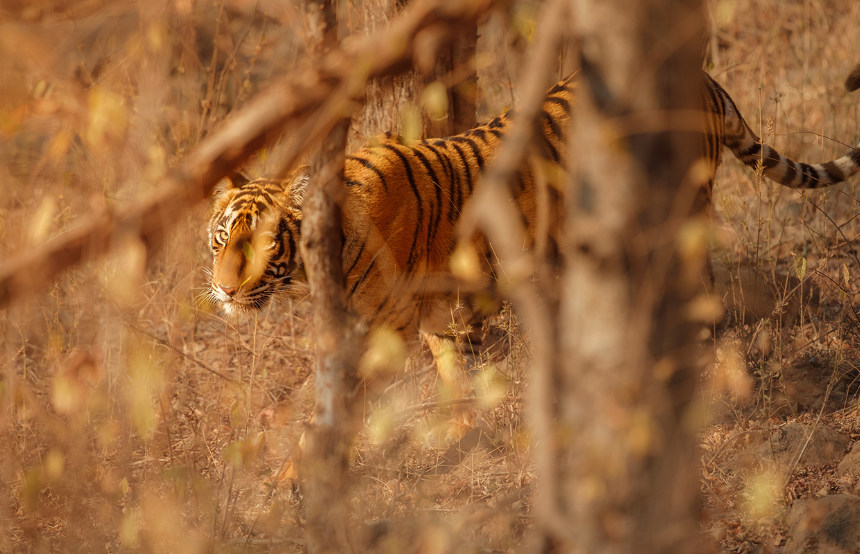
Searching for the best safaris in India? We’ve got you covered. Whether you’re keen to track tigers in Madhya Pradesh, admire Asiatic lions in Gujarat or photograph forest eagle owls in Kerala, your India holiday awaits. While Bengal tigers steal the limelight in Bandhavgarh National Park, don’t forget about the shaggy sloth bears (though they’re not as cuddly as they look). Feeling up for the adventure?
15th September 2025 - India Safari & Wildlife
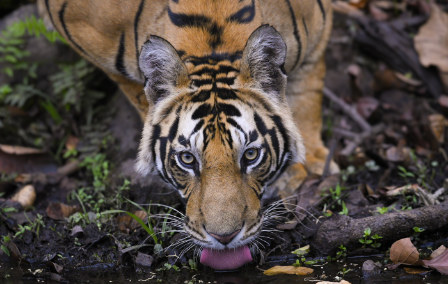
With their sleek, tangerine-tinged coats, piercing eyes and commanding presence, nothing beats the thrill of seeing a tiger in the wild. And where better than in India, home to the largest population on Earth? But when it comes to the best time to see tigers in India, it all depends on what you want from your trip. Whether you’d rather vivid green landscapes or crowd-free safaris, we’ve got the insider intel on when to see India’s famous big cats.
23rd June 2025 - India Safari & Wildlife
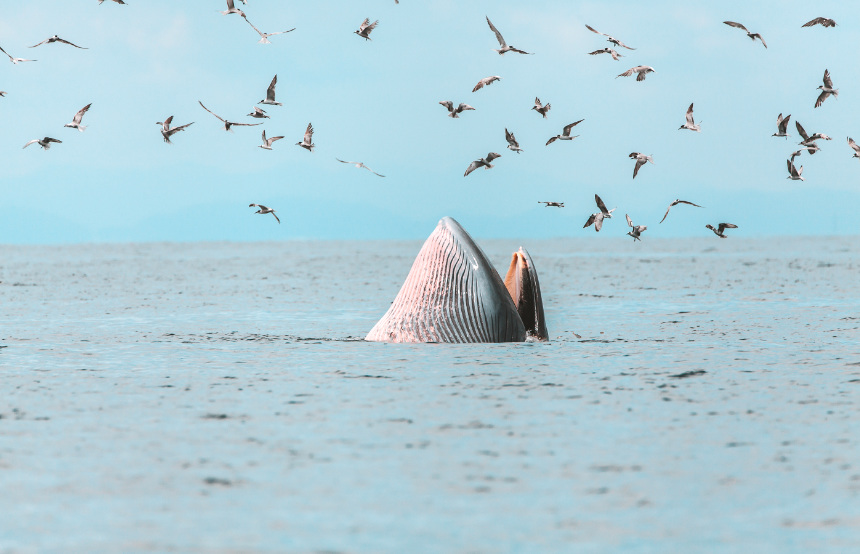
Where are the best places for whale watching? We’re glad you asked. From the picturesque Icelandic town of Husavik to the coastal haven of Mirissa in Sri Lanka, there are plenty of destinations to marvel at these majestic creatures. Picture this: the air is still and all you can hear is the creaking of the catamaran and the odd, excited whisper. You scan the horizon, desperate to spot the tip of a fluke or a distant plume of whale breath.
16th June 2025 - Safari & Wildlife

Our team of destination experts will get to know you and your unique requirements for your holiday

We work with you to build an ultra-personalised holiday itinerary with your choice of accommodation, experiences and activities

All of our holidays include little extras designed to make a big difference to your trip, from fast-tracking you through airport check-in and security to our network of local Concierges